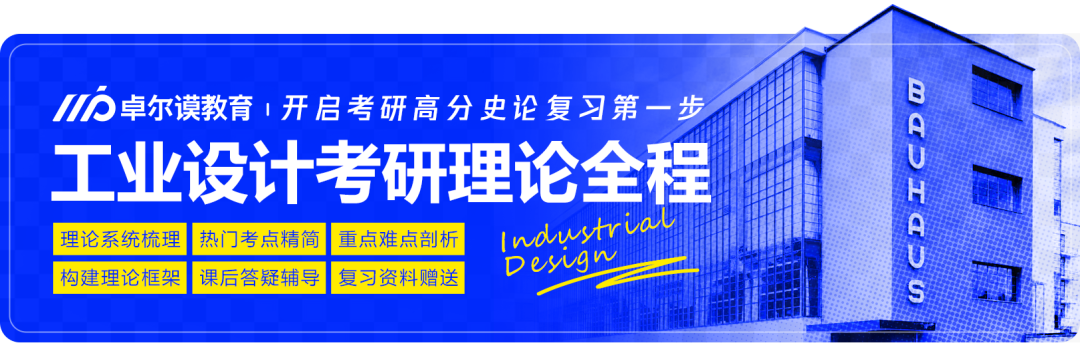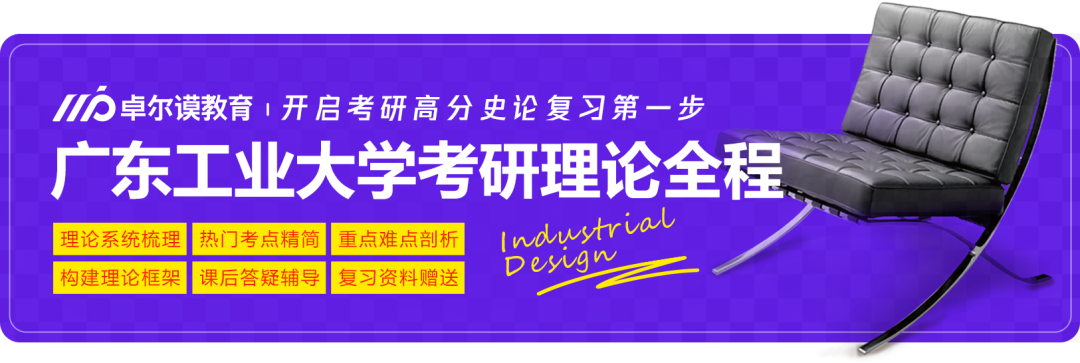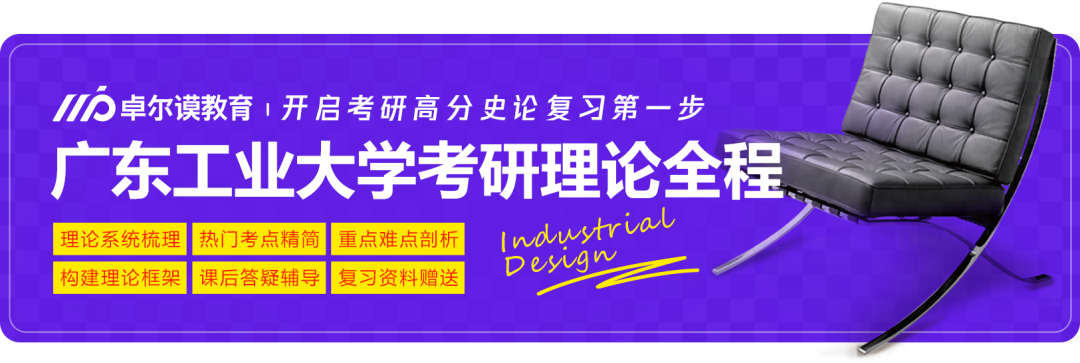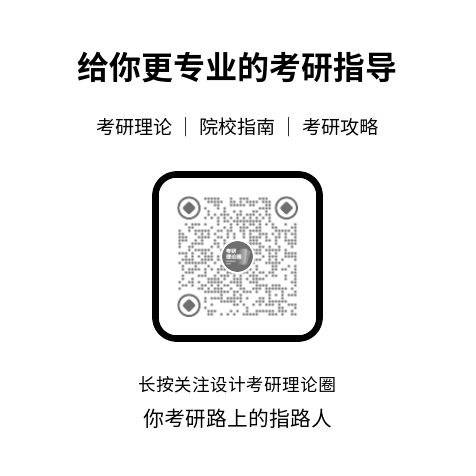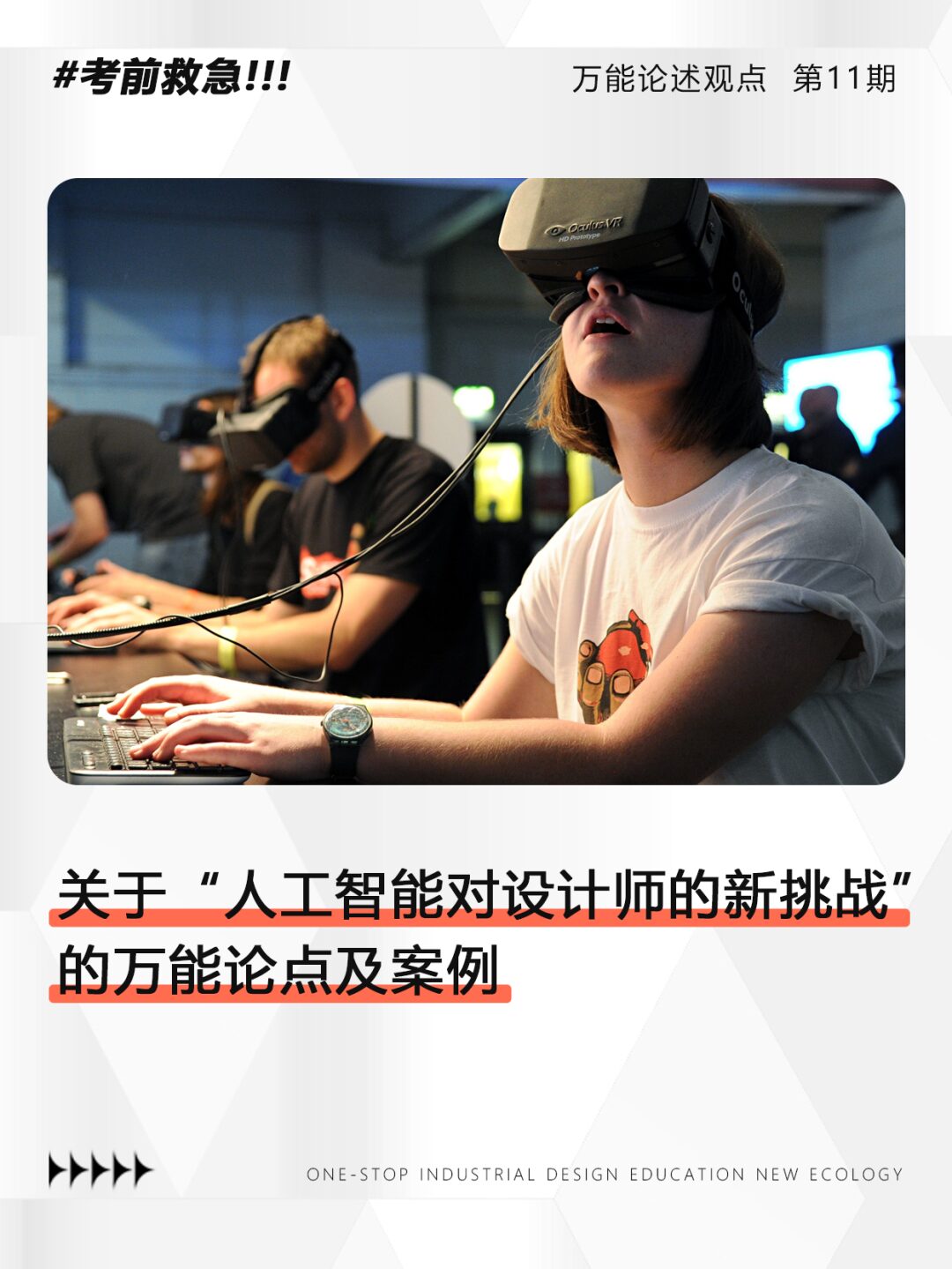
The rapid development of Artificial Intelligence (AI) is profoundly changing many industries, including the field of design. AI not only brings unprecedented new opportunities for designers but also presents many new challenges.
This article shares universal arguments and cases regarding how designers can respond to new technologies in the context of AI.

Argument One: An Innovative Attitude Towards Responsibility Under New Technologies
In the context of emerging new technologies, designers’ innovations should not merely remain at the technical breakthrough level but should also pay more attention to the ethical dimensions of innovation. This means fully considering the potential social impacts, environmental effects, and user privacy issues that new technologies may bring at the outset of design, ensuring the rational application of new technologies in design through in-depth user research, stakeholder interviews, and social impact assessments, thereby avoiding the negative consequences of technology misuse or abuse.
At the same time, designers should possess self-reflection and critical thinking skills, courage to question new technologies, and seek ethical and legal guidance when necessary to ensure the legality and legitimacy of design outcomes.
Argument Two: Designing for a Broader Audience
New technologies provide designers with unprecedented design possibilities, allowing them to create more personalized and customized products and services. However, this personalization does not mean neglecting the needs of a broader audience.
Designers should strive to apply new technologies to a wider range of fields and populations, especially those groups that are often overlooked or marginalized in traditional design. This requires designers to have keen insights and empathy to deeply understand the needs, preferences, and usage scenarios of different user groups, thus designing products that are more aligned with user needs and easier to understand and operate.
Additionally, designers should pay attention to the application potential of new technologies in different fields, promoting the popularization and application of new technologies in healthcare, education, entertainment, and more through cross-disciplinary collaboration and innovative design to meet the diverse needs of society.
Argument Three: Achieving More Inclusive Accessible Design
Accessible design is an important manifestation of design ethics and a key direction for designers to respond to new technological challenges. New technologies provide new tools and means for accessible design, enabling designers to create more user-friendly and convenient products and services to help people with disabilities overcome usage barriers.
However, accessible design is not limited to technical optimization; it also involves a deep understanding and respect for the lifestyles of people with disabilities. Designers need to deeply understand the needs and pain points of people with disabilities and eliminate barriers they face when using products and services through technological innovation and design optimization.
At the same time, designers should also pay attention to the cultural diversity of accessible design, ensuring that design outcomes can adapt to the needs of users from different cultural backgrounds and with different types of disabilities.
Argument Four: Promoting a More Inclusive Global Cultural Ecological Design
New technologies have made cross-cultural communication and collaboration more convenient, providing designers with unprecedented international perspectives. In the context of globalization, designers should actively participate in building a global cultural ecology, understanding and respecting the differences and characteristics of different cultures, and incorporating multicultural elements into their designs.
Through innovative design language, the use of cultural symbols, and cross-cultural collaboration, they can create products and services that have both local characteristics and international appeal.
Argument Five: Maintaining Continuous Exploration Across Fields
The rapid development of new technologies requires designers to maintain a spirit of continuous learning and exploration, constantly improving their professional skills and overall quality. Continuous exploratory capacity across fields is key for designers to respond to new technological challenges. Designers need to pay attention to the development trends and cutting-edge dynamics of new technologies, understand knowledge and technologies from different fields, and flexibly apply new technologies and innovative thinking in their designs.
At the same time, designers should possess critical thinking and innovative capabilities, daring to challenge traditional design concepts and methods, and promote innovation and development within the design industry through continuous experimentation and practice.

Case One: DnaBand Wearable Device
The DnaBand wearable device designed by UDL Industrial Design is more like a fitness tracker installed on the wrist bone, capable of conducting on-site genetic analysis of the food chosen by the wearer, helping modest shoppers avoid making wrong choices and understand the science behind what we eat and how it is metabolized.
When using this wristband, all you need to do is scan the barcode of groceries or edible items with the DnaBand. If the product is beneficial to you based on genetic analysis, a green light will illuminate; if it is not the most suitable product, a red light will illuminate. For example, it tells you whether eating low-sugar chocolate is beneficial based on your DNA, encouraging you to develop healthy eating habits.
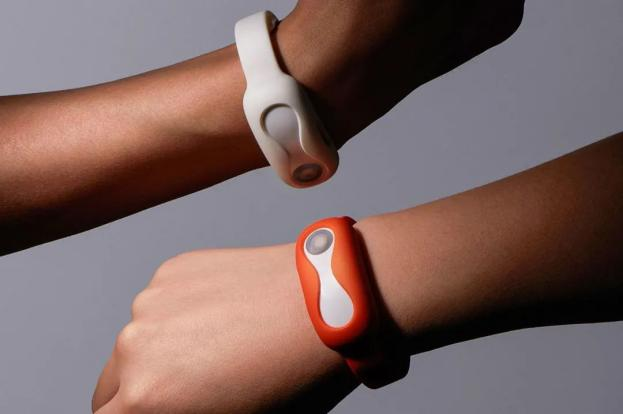
▲DnaBand Wearable Device
Case Two: Ghostwriter Typewriter
The Ghostwriter typewriter designed by Arvind Sanjeev uses OpenAI’s GPT-3, allowing the modified typewriter (with correct human input and direction) to automatically type impressive responses.
This typewriter is built on an old Brother typewriter, presented in a combination of cream, gray, and orange, reflecting the intended warm, inviting, and playful aesthetic. It features an OLED screen to display status and two knobs to ensure control over AI output when assisting in writing research papers or creating poetry based on user requests. Additionally, the GPT-3 powered Ghostwriter comes with onboard Arduino that can read human prompts and share with Raspberry Pi to further query OpenAI’s GPT-3 API to type AI suggestions on paper.
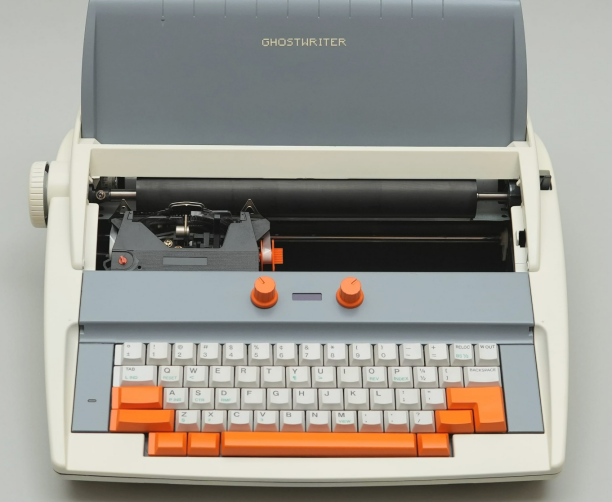
▲Ghostwriter Typewriter
Case Three: Scripter
Designed by Nazar Fedorchuk, Scripter aims to be an intelligent 21st-century recording device, modernizing note-taking by delegating trivial tasks to powerful, capable AI. With just one button, users can start and stop the recording function of the scriptwriter (thus controlling what the device listens to), and the internal computer of the scriptwriter can actively transcribe speech in 16 languages while accurately editing the transcribed text to add punctuation, paragraphs, capitalization, and even handle grammar without needing to connect to the internet.
The Scripter appears to be a deceptively simple device. Its monochrome design features two magnetic components that easily attach the Scripter to clothing (without damaging the fabric with pins). The single-button interface can switch to a wide-diaphragm microphone, capable of picking up even the faintest voice cues, rivaling professional microphones… And the impressive feature of the Scripter is its battery, allowing continuous audio transcription for an hour, making it ideal for meetings or lectures. Its 1GB onboard storage also allows the Scripter to run continuously, enabling recording times nearly 20 times longer than its predecessor Senstone (which could only record/transcribe for 3 minutes at a time).

▲Scripter
Case Four: RAEDA
Inspired by weights and other fitness equipment, RAEDA, designed by Blake Parkinson and DCA, features a base with a concave design in the middle, resembling the imprint left on the ground when a heavy object falls. This symbolic appeal gives RAEDA a substantial feel.
AI-powered RAEDA acts as a personal trainer, guiding individuals through correct posture, technique, and form, which are essential for strength training. RAEDA uses 3D depth mapping technology to provide real-time guidance. Real-time remote learning/teaching allows individuals to work out better, while the onboard AI sensors enable the device to track bodies for real-time feedback on posture and correct usage techniques, minimizing fatigue and injury.
Additionally, this AI home personal trainer is equipped with a 12MP main camera and a million-pixel depth sensor to capture human movement in 3D during home workouts. The device connects to smart TVs, providing real-time visuals directly from RAEDA’s camera.
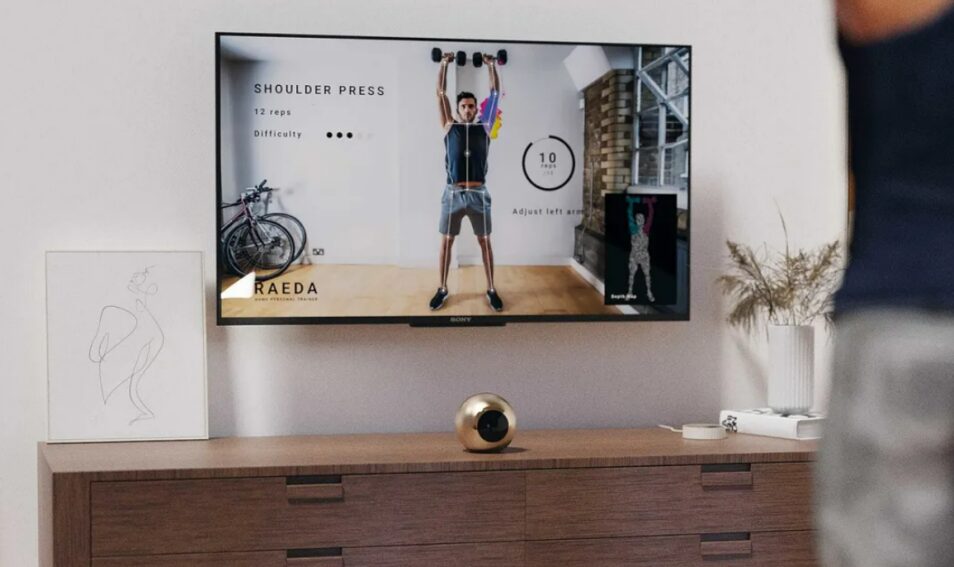
▲RAEDA
Case Five: LOOI Mobile Desktop Robot
The LOOI mobile desktop robot transforms your smartphone into a cute cyber creature, giving life to your phone through magnetic connections and access to large language models, integrating emotional companionship, office efficiency enhancements, and various innovative practical functions.
Unlike simple command-executing pet robots, LOOI can engage in deep interactive communication. It integrates ChatGPT natural language processing and biomimetic behavior systems, giving it a unique personality and original thinking ability. How to design robotic products to be more “humanized” and “emotional” is also a theme worth exploring in interaction design projects.
Moreover, besides innovations in emotional companionship and emotional experience, LOOI employs innovative methods often used in designing intelligent products—”combinatorial innovation” and “functional integration design”—allowing it to transform into a desktop stand, follow camera, office information display, and other multifunctional assistants, greatly enhancing office efficiency. Additionally, LOOI features advanced perceptual capabilities like facial recognition and obstacle detection, enabling it to autonomously explore desktops. LOOI also supports gesture interaction recognition, accurately interpreting your gesture intentions. It can autonomously learn new skills via the internet, continuously evolving.
Thus, LOOI is not just a robot; it is an intimate partner that brings users surprising experiences, which is also the key to integrating AI technology into product design.
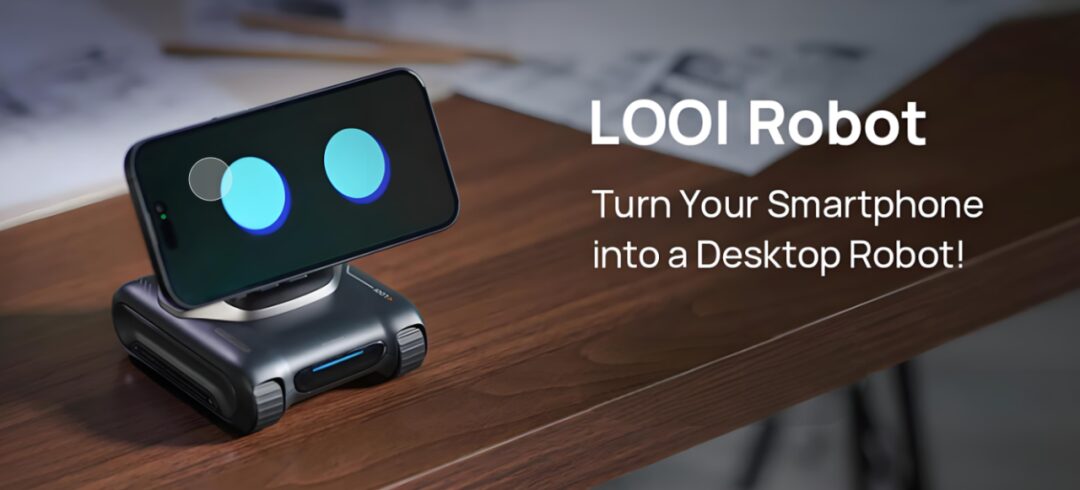
▲LOOI Mobile Desktop Robot
Previous Recommendations:
Universal Arguments and Cases on the Relationship Between Design and Culture
Universal Arguments and Cases on Design in an Aging Era
On-Demand | Economic Theory’s Impact on Design Innovation
High-Frequency Test Points | Gold and Silver Separation

The explanation and short answer parts cannot do without an overview of design cases; the ability to answer proficiently depends on everyone’s knowledge reserve. It is very necessary to memorize frequently tested content, and today we have organized them for you, sharing them for free!
Add the teacher’s WeChat below
Reply 【Terms】
To get theTerm Explanation Summary
(Only a portion is displayed by category; a total of 95 cases)

Teacher An An drowm2652
Add to receive it!

Today’s sharing ends here. For more exam information, please follow the Design Graduate Theory Circle!
-END-
Image and Text Material: Senmes
Text and Image Editor: Dada
Text and Image Reviewer: Shirley

